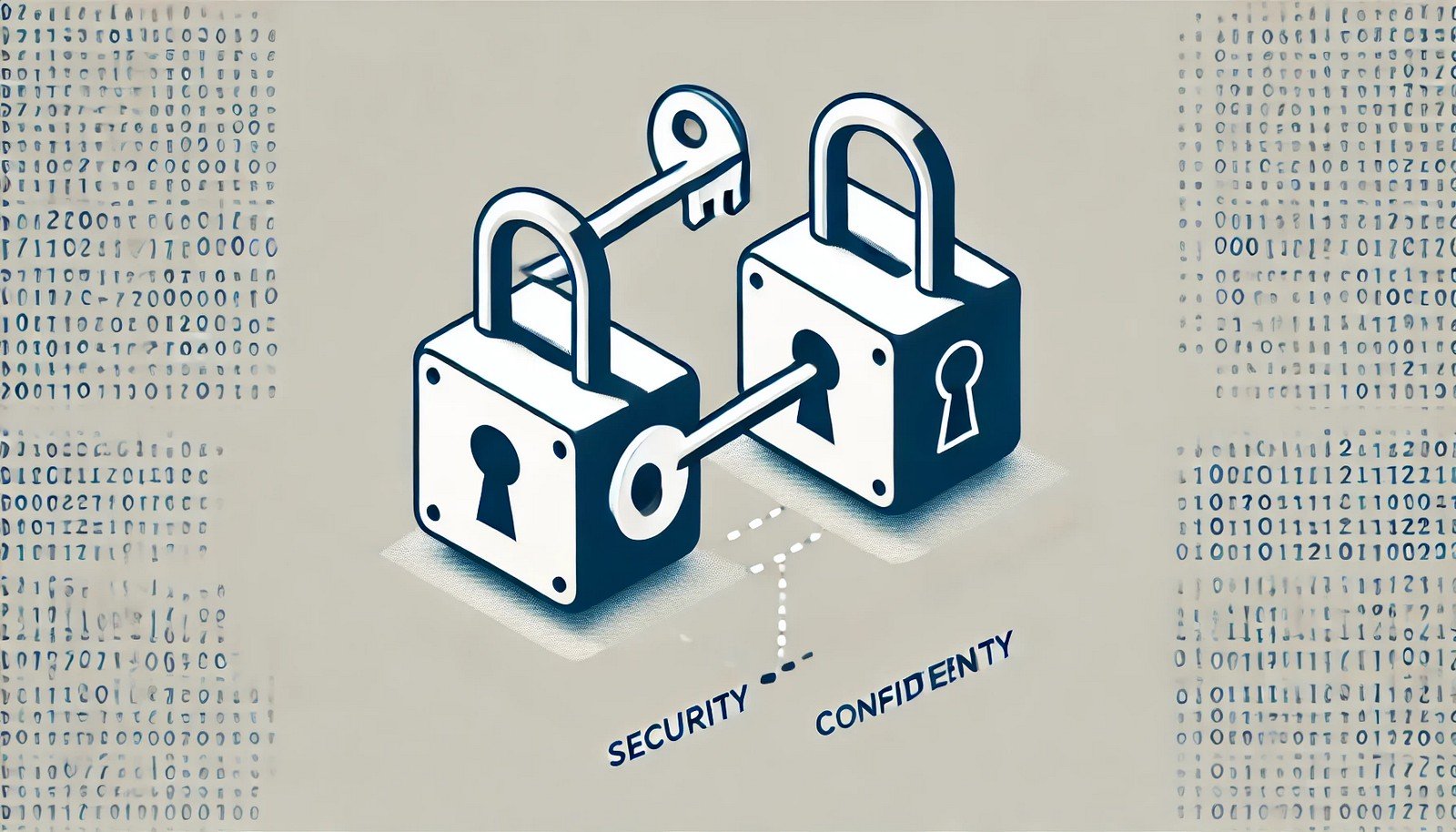Symmetric Encryption
 (Representational Image | Source: Dall-E)
(Representational Image | Source: Dall-E)
Quick Navigation:
- Symmetric Encryption Definition
- Symmetric Encryption Explained Easy
- Symmetric Encryption Origin
- Symmetric Encryption Etymology
- Symmetric Encryption Usage Trends
- Symmetric Encryption Usage
- Symmetric Encryption Examples in Context
- Symmetric Encryption FAQ
- Symmetric Encryption Related Words
Symmetric Encryption Definition
Symmetric encryption is a cryptographic technique where the same key is used for both encryption and decryption. This method is widely used in securing data transmission due to its speed and efficiency. Common algorithms include Advanced Encryption Standard (AES), Data Encryption Standard (DES), and Triple DES. The security of symmetric encryption relies on keeping the key secret, as anyone with access to it can decrypt the encrypted information.
Symmetric Encryption Explained Easy
Imagine you and your friend have a special box with a single key. If you lock a message inside, your friend can use the same key to unlock it. But if someone else gets the key, they can read the message too! That’s how symmetric encryption works—both locking (encryption) and unlocking (decryption) use the same key.
Symmetric Encryption Origin
Symmetric encryption has been used for centuries, dating back to ancient ciphers like the Caesar cipher. Modern symmetric encryption gained traction in the 20th century with computer-based encryption techniques, leading to algorithms like DES in the 1970s and AES in the early 2000s.
Symmetric Encryption Etymology
The term “symmetric” derives from the Greek word "symmetria," meaning "same measure," highlighting that the same key is used for both encryption and decryption.
Symmetric Encryption Usage Trends
Symmetric encryption remains dominant in securing digital communications, especially in real-time applications. It is extensively used in VPNs, online banking, file encryption, and secure messaging services. With advances in quantum computing, researchers are exploring new cryptographic methods to supplement traditional symmetric encryption.
Symmetric Encryption Usage
- Formal/Technical Tagging:
- Cryptography
- Cybersecurity
- Secure Communications - Typical Collocations:
- "AES encryption algorithm"
- "secure symmetric key"
- "high-speed encryption"
- "shared secret encryption"
Symmetric Encryption Examples in Context
- Online banking transactions use symmetric encryption to protect data from hackers.
- Secure messaging apps encrypt conversations with symmetric key algorithms.
- Cloud storage services use symmetric encryption to secure stored files.
Symmetric Encryption FAQ
- What is symmetric encryption?
Symmetric encryption is a method where the same key is used for both encrypting and decrypting data. - How does symmetric encryption differ from asymmetric encryption?
Symmetric encryption uses one key for encryption and decryption, while asymmetric encryption uses a key pair (public and private keys). - What are common symmetric encryption algorithms?
AES, DES, and Triple DES are widely used symmetric encryption algorithms. - Why is symmetric encryption faster than asymmetric encryption?
It requires fewer computational resources since it only uses one key. - Where is symmetric encryption used?
It is used in banking transactions, VPNs, encrypted file storage, and messaging apps. - What are the disadvantages of symmetric encryption?
Key management is challenging, as securely sharing the key is critical. - Can symmetric encryption be hacked?
With brute-force attacks, weak keys can be cracked, but strong encryption (like AES-256) is currently secure. - How does AES improve symmetric encryption?
AES uses a block cipher with strong security mechanisms and supports various key lengths (128, 192, and 256-bit). - Is symmetric encryption safe against quantum computers?
Future quantum computers may weaken current encryption, so research is ongoing for quantum-safe alternatives. - How do VPNs use symmetric encryption?
VPNs use symmetric encryption to secure transmitted data over the internet.
Symmetric Encryption Related Words
- Categories/Topics:
- Cryptography
- Network Security
- Secure Data Transmission
Did you know?
In 2016, a team of researchers managed to break a 64-bit encryption key used in older symmetric encryption algorithms within just a few hours. This demonstrated the need for longer key lengths, leading to the adoption of AES-256 for enhanced security.
PicDictionary.com is an online dictionary in pictures. If you have questions or suggestions, please reach out to us on WhatsApp or Twitter.Authors | Arjun Vishnu | @ArjunAndVishnu

I am Vishnu. I like AI, Linux, Single Board Computers, and Cloud Computing. I create the web & video content, and I also write for popular websites.
My younger brother, Arjun handles image & video editing. Together, we run a YouTube Channel that's focused on reviewing gadgets and explaining technology.



Comments powered by CComment